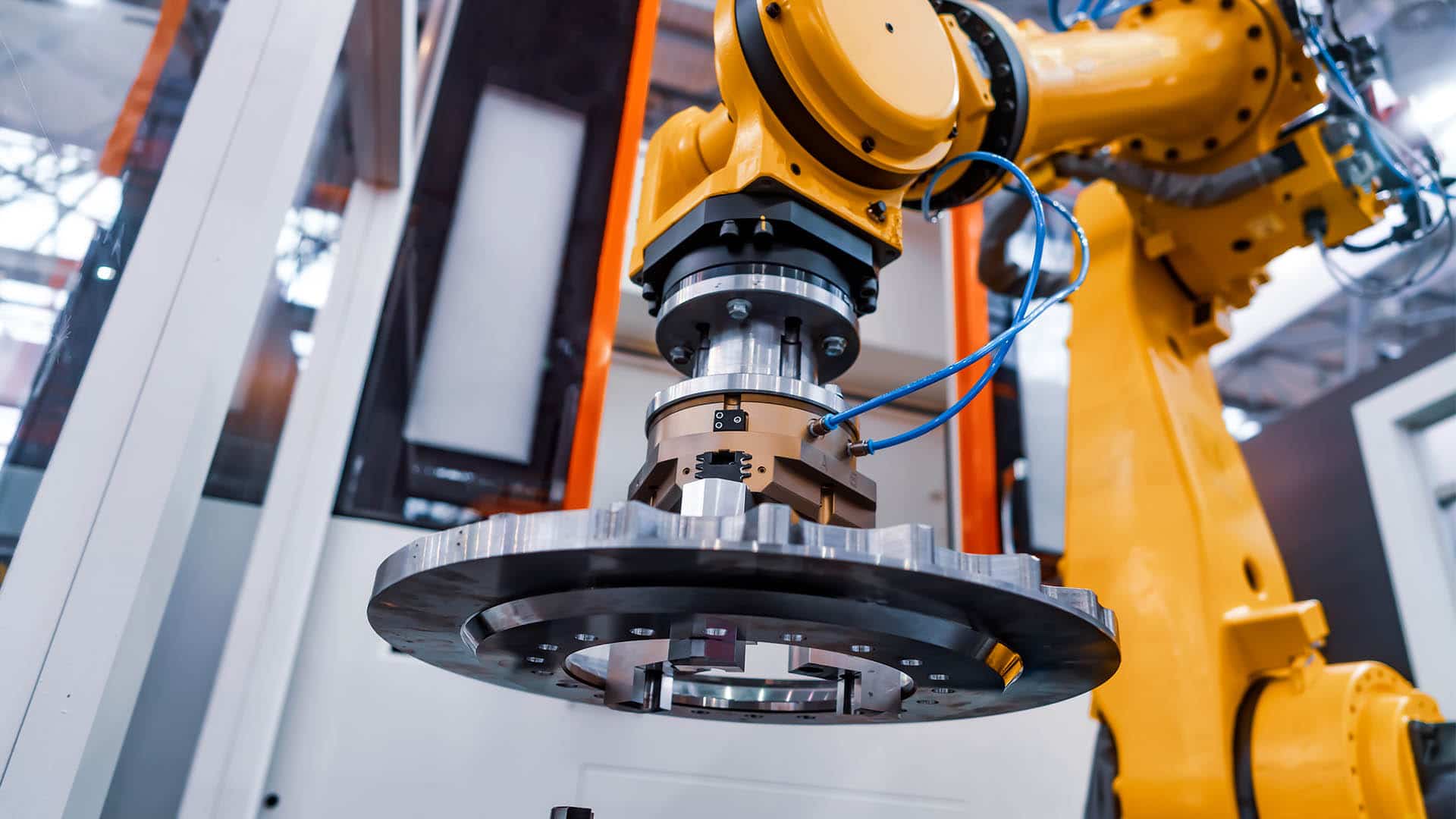The robotic revolution is happening all around us. Is it a good thing or not? Robots are undertaking repetitive work, from packing supplies to working in quarantine with bugs and viruses. They are also a competent assistant to many surgical operations. We have robotic arms working online automation and in warehousing. We even have robot arms for elbow amputees and children.
Industrial Automation is not new. We have robots helping to automate and accelerate our industry for a long time. However, the pace is changing. The e-commerce boom is accelerating the need for more efficient and speedier processing. These and more are all contributing to entering a ‘golden era’ for robotics that had not been expected to happen for a few more years. Robotics will continue to change how warehouses are designed and operated.
Faster & More Efficient Logistics
The boom in e-commerce has opened the door for robotics to provide a faster response to demands, working 24/7 if necessary. They can handle heavy or small loads, from unloading parts to packaging fragile and delicate items. The experts foresee a 50% rise in the use of robotics over the next few years. The need for robotic workers is constant to keep up with demand and competition.
The improvement in technology and artificial intelligence has increased the flexibility of robotic arms. For example, it is now possible for them to sort out different items on a conveyer belt required for working in a warehouse, as opposed to line automation. Along with AI improvement, we have also seen recent advances in systems like Visioning. As a result, more start-ups focusing on robotics are appearing on the market. Consequently, these systems have also become cheaper and more powerful, able to sort through tens of thousands of items.
The New Labour Force?
Concerns about robots taking jobs away from humans are partially true, in that they can do jobs that human workers find boring and repetitive, and they can do them 24/7. However, humans will still be required to become team leaders, to manage and handle the robotic arms. Some experts foresee that the use of robots in the workforce will improve the experience of working, creating a new career path and a sophisticated skill set. Instead of the repetitive rote type of work, individuals will learn to manage the robots and to keep them up and running.
Evidence also shows that the increased productivity of using robots in the workplace has led to more personnel hiring. For example, a recent survey found that using robots is improving efficiency and quality, reducing costs and creating more jobs for their human counterparts. However, it did also find a reduced need for managers For example, a recent survey overall.
The authors also suggest that firms need to reconsider how they think about robotic workers – “The story is about how do you leverage technology better to become more productive, more competitive? And how do you change your managerial firm practices to get the most out of your robot technologies?”






